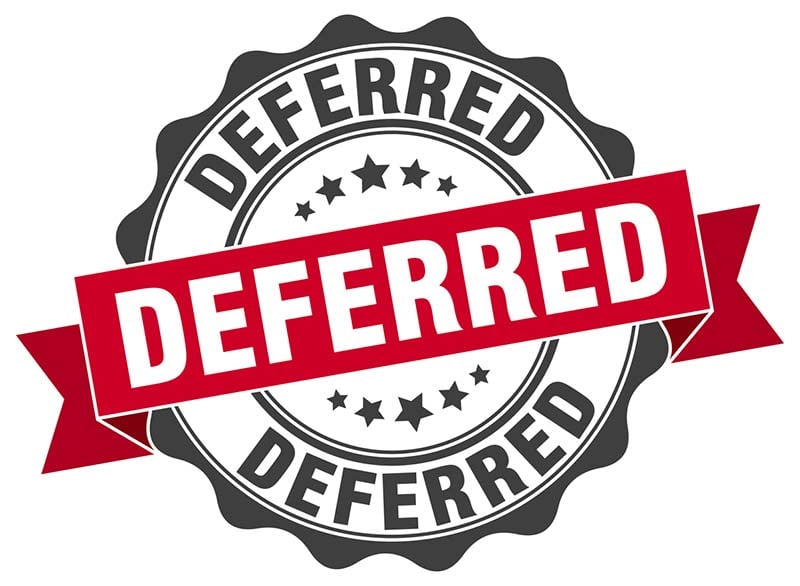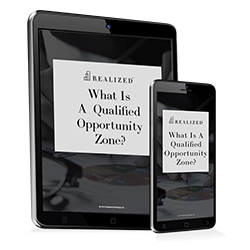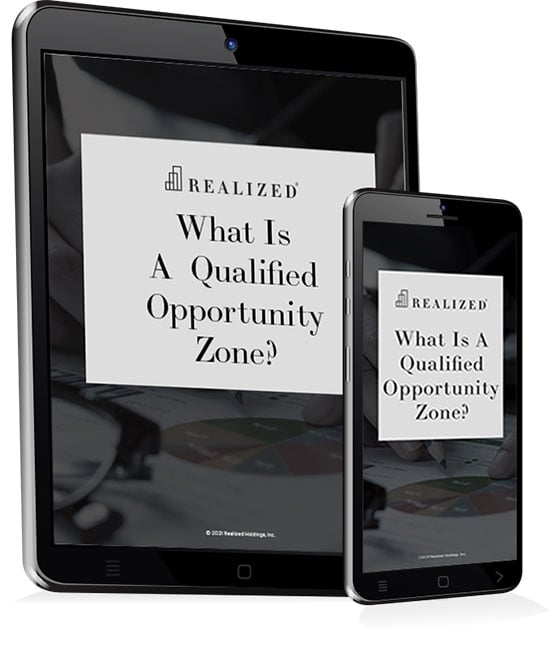
In December 2017, a U.S. congressional bipartisan effort known as the Opportunity Zone Program was added into the tax reform legislation (Tax Cuts and Jobs Act of 2017). The intent of the program is to encourage individual investors and companies to invest in specific census tracts around the US in an effort to promote economic development in low income communities.
The census tracts that received these designations are known as Qualified Opportunity Zones, or QOZs. Like many governmental programs designed to create jobs and economic opportunity for lower-income areas in US cities, towns and rural areas, the objective is noble, but why would investors choose to make investments in Qualified Opportunity Zones?
Why Should Investors Invest in Qualified Opportunity Zones?
Qualified Opportunity Zones offer investors exceptional opportunities to defer and reduce capital gains taxes that are due on the profits from the sale of any capital asset and the potential to eliminate capital gains taxes due on any profits from the ultimate sale or liquidation of the investment made in the Qualified Opportunity Zone.1
The Investment Motivation
In our previous article, we discussed the plight of the economically distressed communities throughout the United States. Here are more sobering statistics, courtesy of the Opportunity Finance Network2:
- More than half of economically distressed communities developed fewer businesses and jobs in 2015 than in 2010.
- New business formation is near a record low. The average distressed community saw a 6% decline in local businesses during the national economic recovery.
- Only five metro areas produced as many new businesses as the rest of the country, combined, from 2010-2014.
The Economic Innovation Group (EIG) has another interesting factoid: At the end of 2017, U.S. households held $3.8 trillion of unrealized capital gains in stocks and mutual funds, and corporations have an additional $2.3 trillion. Noted EIG: “If only a fraction of that $6 trillion flows into Opportunity Zones, this new provision will quickly become the largest federal community development initiative in memory."3
Outlining the Qualified Opportunity Fund (“QOF”)
QOF’s differ from previous federally funded programs in that they will tap into private capital and offer tax deferral as an investment incentive. Additionally, unlike Enterprise Zones or the New Markets Tax Credit Program, QOF’s are not structured as a one-size-fits-all tool. Here are a few hypothetical examples of funds that could be eligible for investment in a Qualified Opportunity Zone Fund:
- A $100 million private equity fund providing growth capital to QOZ-based small to mid-sized businesses
- A $20 million fund financing a $100 million redevelopment of a shuttered shopping mall into a mixed-use development containing a neighborhood retail center and workforce housing
- A $50 million fund spurring development and management of affordable housing for residents displaced by 2017 hurricanes and forest fires
Still in Planning
The next logical question might be where to find a Qualified Opportunity Zone Fund. We are just beginning to see the very first QOF’s form, however there are not many yet. The U.S. Treasury Department and Internal Revenue Service are working on QOF guidelines and regulations.
As of now, the IRS is allowing self-certification of Qualified Opportunity Funds. To self-certify, a taxpayer merely completes a form and attaches that form to the taxpayer’s federal income tax return for the taxable year. Consequently, no approval or action by the IRS is required to certify a taxpayer. The IRS also says it will provide more details and additional legal guidance over the next few months. Fill out the form below to receive an update as soon as this information is provided by the IRS.
In the meantime, it is important investors ensure that they are not being scammed (or spammed) by an organization claiming to be a Qualified Opportunity Fund. A QOF has the following attributes:
- It is limited to equity investments in Qualified Opportunity Zone Stock, Qualified Opportunity Zone Partnership Interest and/or Qualified Opportunity Zone Business Property (collectively referred to as Qualified Opportunity Zone Property) located in designated QOZs. Meanwhile, investments in existing Qualified Opportunity Zone Business Property require a substantial improvement component.
- It must be set up as a corporation or partnership, for the sole purpose of investing in Qualified Opportunity Zone Property.
- It must hold at least 90% of its assets in Qualified Opportunity Zone Property.
- It must have acquired the property after December 31, 2017.
Learn more about Qualified Opportunity Zone Properties here.
- There is no guarantee of returns. As with any investment, there is the potential for loss of part or all of invested capital.
- https://ofn.org/sites/default/files/resources/PDFs/Opportunity_Zone_fact_sheet.pdf
- https://eig.org/news/opportunity-zones-tapping-6-trillion-market



